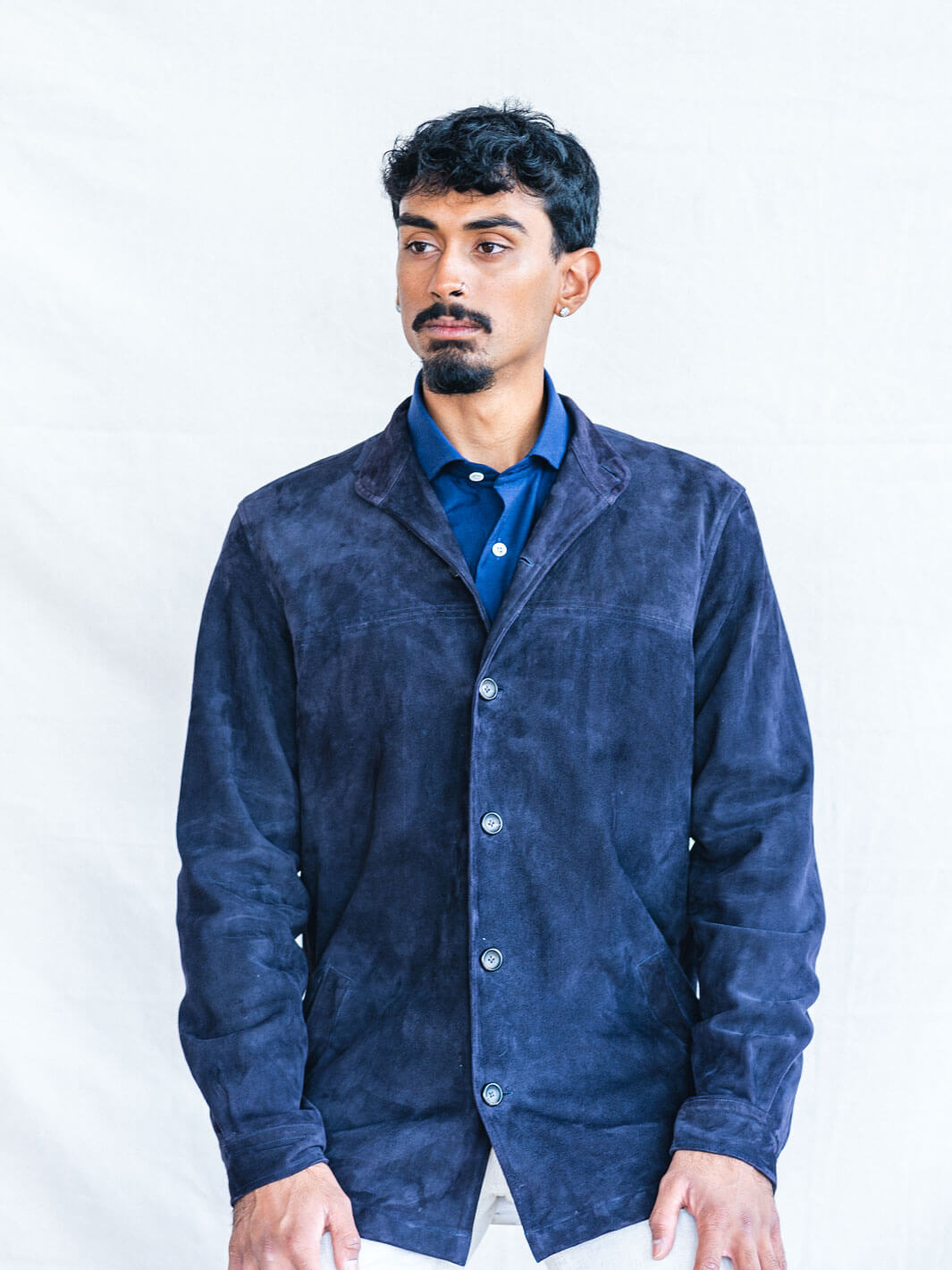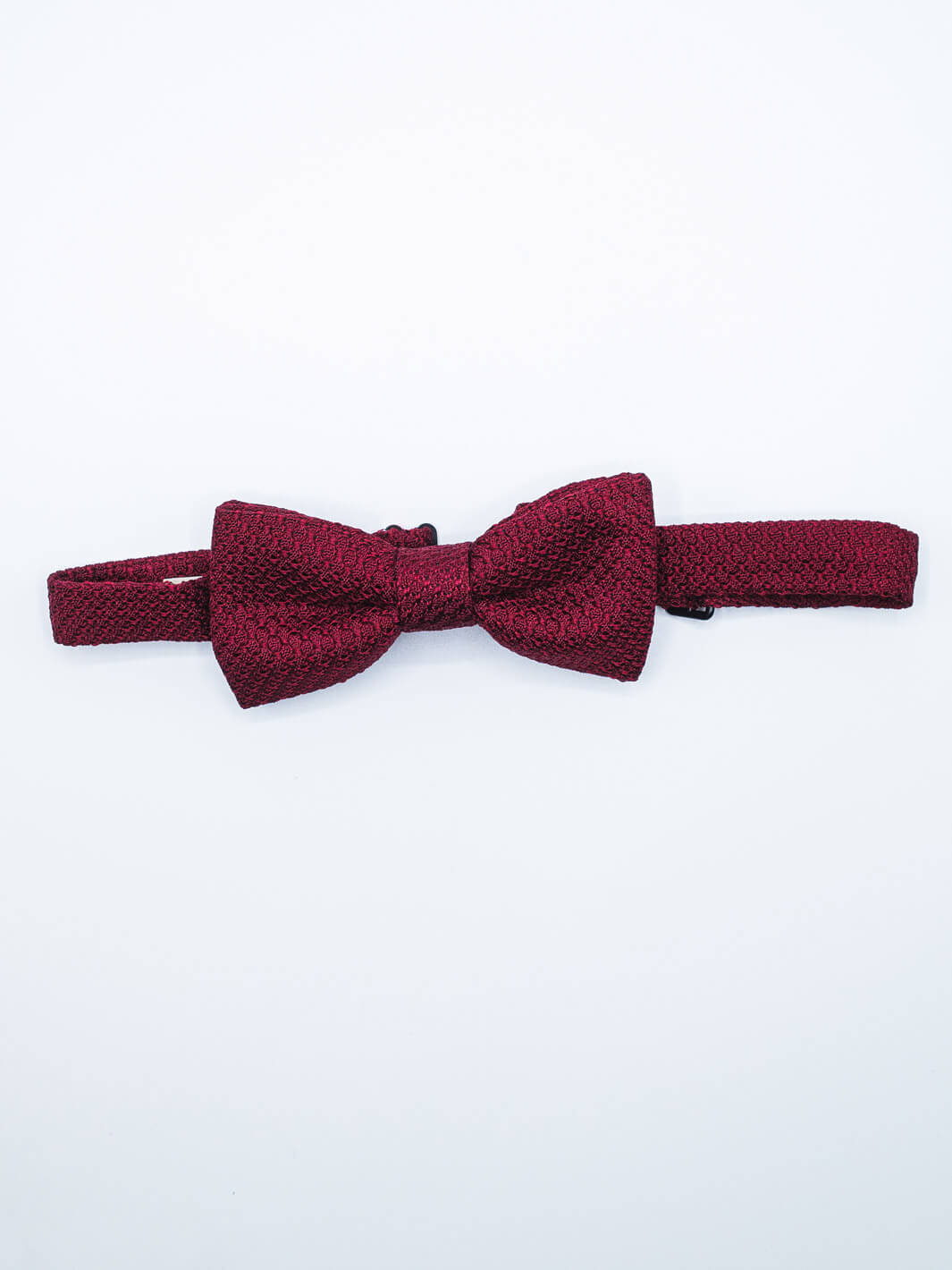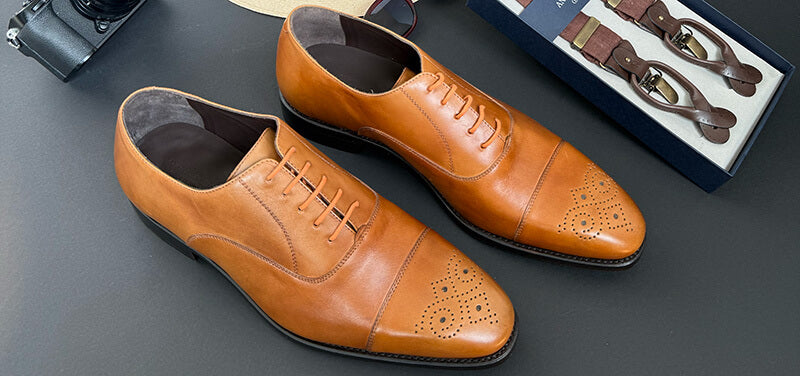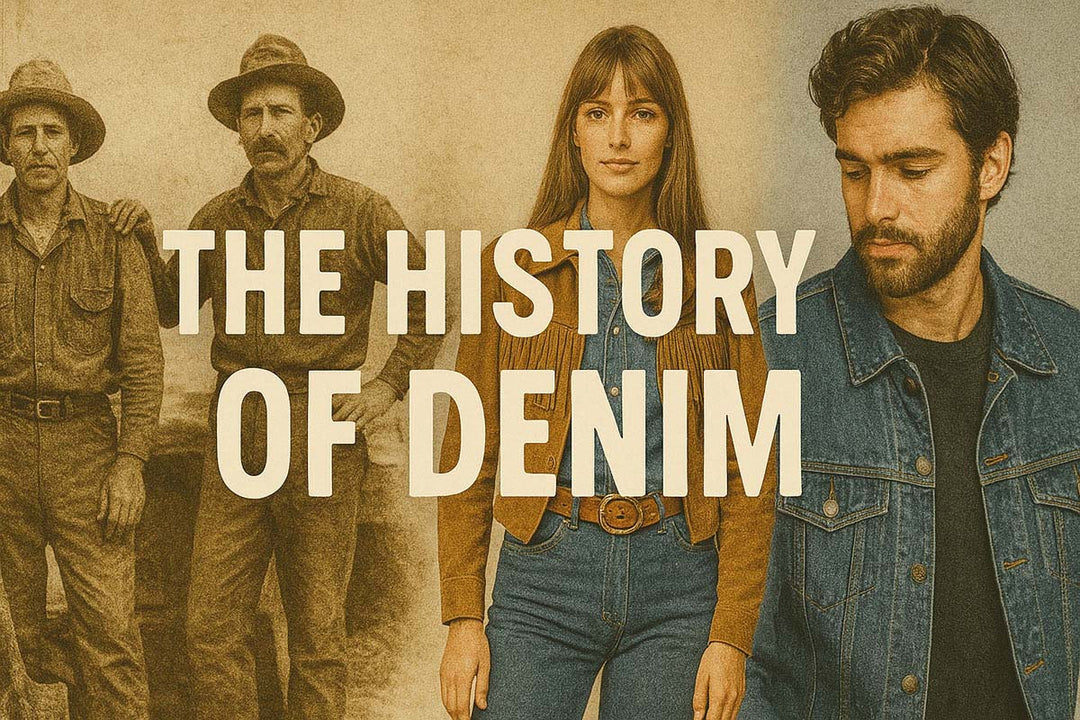“I could recognize a Cifonelli shoulder from a hundred meters away,” Karl Lagerfeld once quipped, referring to la cigarette—the distinctive sleevehead that is a trademark of the Parisian tailoring masters. The shoulder in question bears some resemblance to the roped structure popular on Savile Row, but it is created through hand-wadding and is arguably more striking. Like the Milanese buttonhole—another hallmark of European tailoring’s mastery of subtle detail—it reveals refinement through understatement.
The German fashion luminary’s observation neatly demonstrates the powerful impact the shoulder of a jacket has—particularly, for the sartorially aware—on its overall aesthetic. Or, as another style luminary, Hugo Jacomet, creator of the Parisian Gentleman website, puts it: “The shoulder is the place where a jacket will find its personality.”
And, as so often happens in the intricate world of menswear, the shoulder alone offers a wealth of possibilities.
Military Beginnings: The Structured Shoulder
For a compelling education in the history of the structured shoulder, next time you’re in London, visit Gieves & Hawkes at No. 1 Savile Row and ask whoever greets you to show you the Royal Archive upstairs: a row of floor-to-ceiling glass cabinets filled with scarlet uniforms that testify to the house’s deep ties to the British Royal Family’s military traditions.

These garments, with their authoritative shoulders—built with ample padding, internal shaping, and a roped sleevehead—are the direct ancestors of much that the world’s most famous tailoring street continues to produce. And while Savile Row’s finest deliver whatever their clients request (they are called “bespoke” tailors, after all), the structured shoulder will always be closely associated with that much-lauded thoroughfare.
Spalla con rollino (literally “shoulder with a little roll”) is the Italian interpretation of the roped shoulder, softer and less pronounced than the sharp English style. Other structured variations include the Extended Shoulder, where the seam stretches beyond the natural shoulder point to create a broader, more dramatic silhouette, and the Pagoda Shoulder (also known as la cigarette), in which artisans sculpt a concave slope rising to a peak at the sleevehead, highly defined and almost always roped.
In all its forms—whether bold or understated—the structured shoulder conveys authority, formality, and presence. It emphasizes traditional ideals of the masculine torso by broadening the upper frame and giving a suit a sharper edge.
Inside Out: The Shirt Shoulder
“There's a tendency with customers to think that all tailors use a particular term to mean the same thing, whereas they're quite organic,” as Simon Crompton of the sartorial website Permanent Style points out. “[Their methods] develop over time, and their definitions tend to vary.”

It’s a sage observation, and one worth bearing in mind when it comes to unstructured shoulders—with minimal, or even no, padding—creating a relaxed, informal appearance. The spalla camicia—literally “shirt shoulder”—is its purest expression, and has been a signature of Neapolitan tailoring since that city’s makers first began stripping padding, canvas, lining, and other internal structure from their jackets in pursuit of garments better suited to southern Italy’s climate. Houses such as Rubinacci, Cesare Attolini, and Sartoria Solito are central to its history and ongoing story.
In many cases, the sleeve is inserted much like a shirtmaker would: with unapologetically visible shirring where arm meets torso. Yet at times, a subtle rollino—a small rope of padding in the sleevehead—may still appear, lending a touch of formality even within the unstructured family.
Easy Does It: The Natural Shoulder
There has always been something supremely confident about Ivy League tailoring. It eschews Savile Row’s heavily structured approach—which can make even the most dad-bodied among us look like Men’s Health cover stars—but also avoids Neapolitan tailoring’s arguably over-considered nonchalance when it comes to shoulders.

The sack suits created by New York sartorial mavens Brooks Brothers (“Perfected by us in the 1910s and reintroduced today with heritage details,” as the company itself puts it) use minimal padding but retain light internal shaping for balance and drape. This variation within the unstructured family features no shirring or tailoring trickery—just smooth fabric following the wearer’s slope. The phrase “less is more” resonates with those who find this look—common in both Milanese lightweight jackets and Ivy League tailoring—firmly in the proverbial Goldilocks Zone.
In Milan—often considered the fashion capital of the world (except, perhaps, when the French or the British claim the spotlight)—jackets, travel blazers, and sports coats are typically minimally shaped, often unlined or half-lined. Suitability for warmer climates, comfort, mobility, and an overall air of easy-going elegance are among their chief appeals.
Betwixt And Between: Hybrid Shoulder Styles
The hybrid shoulder is emblematic of the fact that we are now spoiled for choice—thanks, in large part, to cultural globalization. The post-war years saw a surge of Britons heading overseas and becoming enamored with the sartorial codes found to the west (in American Ivy League) and to the south (in Italian soft tailoring). Today, we needn’t choose between the fully structured, padded shoulder with its distinctive, almost horizontal line, and the shirt-like, padding-free alternative—unless we want to.

There is plenty in between. Canali and Caruso, for example, pursue a subtle balance between definition and the natural slope of the human form. Brioni and Isaia—also Italian, perhaps tellingly—take another approach: a soft rope shoulder, in which a gentle sleevehead creates a Savile Row–style vertical line, but with reduced padding for a lighter feel.
The Duke of Windsor’s taste for softer shoulders—shaped by Dutch tailor Frederick Scholte, a pioneer alongside his Swedish creative partner Peter Gustav Anderson of Anderson & Sheppard’s soft drape house style—remains another important reference point for men who see compromise as a virtue. Sartorial historians might also note the lighter, more natural shoulders that Kilgour French & Stanbury produced for certain clients in the 1950s and 1960s, or Henry Poole & Co’s occasional deviations from the military commissions that have dominated their history, much as with Gieves & Hawkes down the road.
A host of contemporary jackets fall into this middle ground—our own sport coat and blazer collection included—offering the formality of structured shoulders with the comfort of unstructured designs: the best of both worlds for many canny dressers.
The Choice is Yours: The Ubiquity of Once Regional Shoulder Styles
Shoulder types—when it comes to construction, silhouette, and ultimately aesthetics—are deeply rooted in each nation’s culture, politics, and climate. Britain’s reflect a cooler, damper climate and formal social codes. France’s echo the Parisian preference for refinement over rigidity. Italy’s vary depending on whether one is being measured in Naples or Rome.
America’s—true to its mix of cultural influences, as hinted at by Emma Lazarus’s poem beneath the Statue of Liberty—are eclectic. At Anatoly & Sons, our message can be stated even more simply than Lazarus’s sonnet: each to their own.









